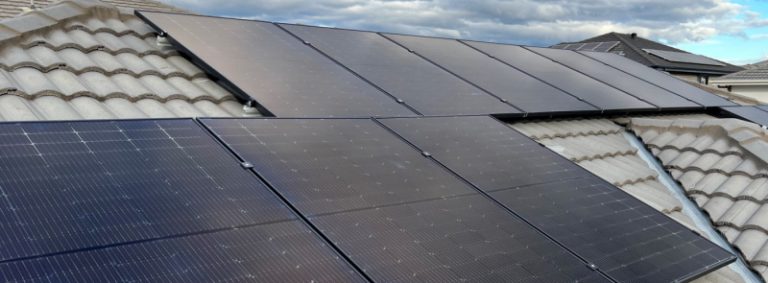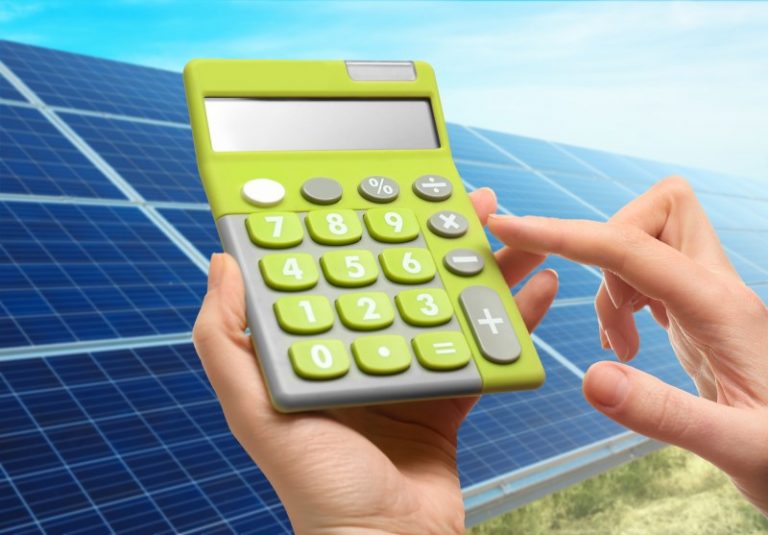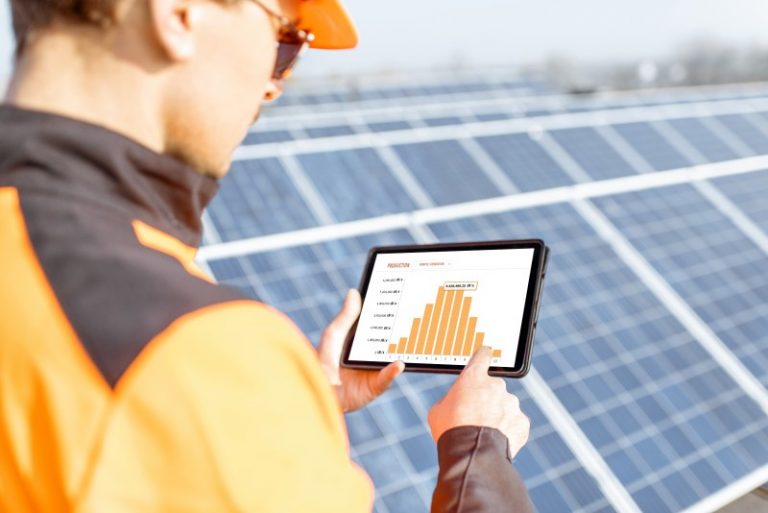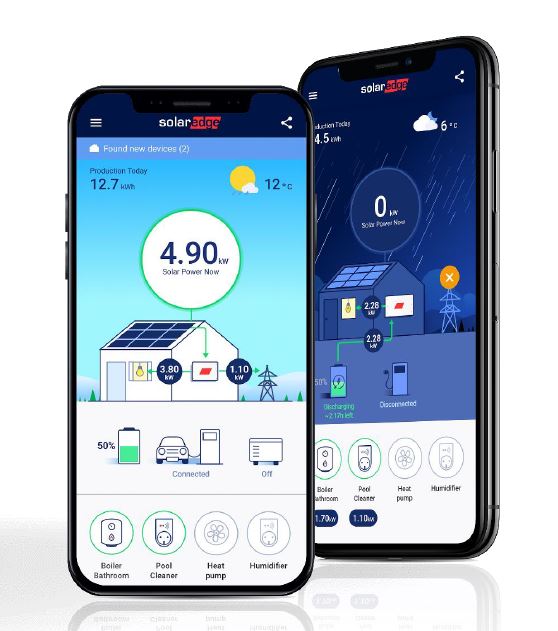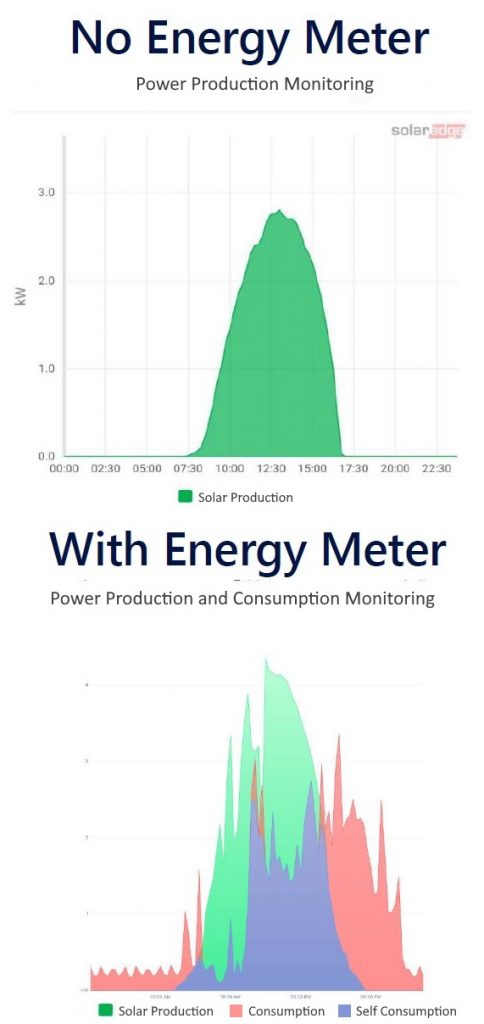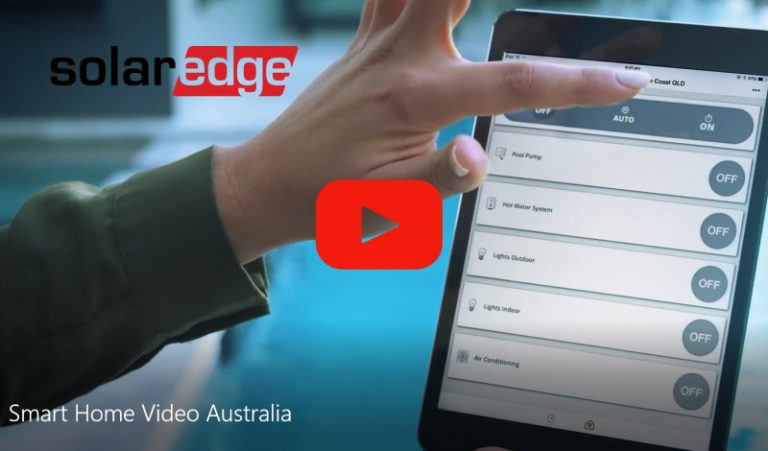LG has left the solar market. Customers who want premium quality solar panels with superior technology and features are scratching their heads about which panel to choose. In this article, we look at 7 Reasons to choose the Max Power Solar MPS-390N as the obvious alternative to the LG Neon H+ Solar Panel.
For many years, the LG NeON panels were considered the best available in the Australian market, featuring leading technology backed with a long (25-year) product warranty.
Now LG solar is gone, customers who wanted LG panels must now consider other panel brands. When selecting another panel brand, you need to closely look at the technology, features, and warranty to see if it is equal to, or even better, than the LG NeON H+.
The Max Power MPS-390N combines leading technology with great looks.
Let’s make a comparison of the Max Power MPS-390N 390W panel with the equivalent LG panel, the LG390 NIC-E6 390W NeON H+, and see how the Max Power stacks up. We look at 7 major reasons why the Max Power is the obvious alternative to the LG NeON solar panel.
If you have a solar installer in Sydney offering another panel brand such as Jinko, Q-Cell, REC, or Sunpower as an alternative to LG, question them on the 7 points we discuss below. You will then truly see how their panel rates.
Why The Max Power MPS-390N Is The Perfect Replacement For The LG NeON Panel
1. Dual Glass
This refers to the solar panel having both the front sheet and the backing sheet made of glass. In most standard panels the backing sheet is plastic. In harsh conditions like scorching Australian summers, roof temperatures can easily reach 65°. This can cause the plastic backing sheet to begin to delaminate. If this occurs, it allows moisture to get into the cells and is a common cause of panel failure.
Panels with Dual glass are stronger and last longer than standard panels. The Max Power 390N is a dual glass panel whereas the LG Neon H+ is not, it has a plastic backing sheet like most panels.
Verdict: Max Power wins.
2. Bifacial Technology
Bifacial technology on a solar panel refers to the panel having solar cells that can produce power from both the front and the back of the cells. The major benefit of this is increased panel efficiency. The panel will produce more power, resulting in greater savings for the customer.
The Max Power 390N is a bifacial panel and the LG Neon H+ does not have this technology. LG did produce a range of bifacial panels, the LG NeON 2 range, and these were even more expensive than the NeON H panels.
Verdict: Max Power wins.
3. Temperature Coefficient
The panel temperature coefficient may be obscure to you, but it is very important. It seems counterintuitive, but the hotter a solar panel gets, the less efficient it becomes, and less energy is produced. The temperature coefficient measures the percentage of the power output that is lost for every degree of air temperature above 25°C.
A panel with a lower temperature coefficient delivers better output in hot weather compared to other panels. This is a crucial advantage in a hot climate like Australia’s. The Max Power 390N boasts the best temperature coefficient we have seen for a 390W panel in Australia. At -0.31% it beats the LG panel at -0.33% and the Hyundai 400W at -0.34%.
Verdict: Max Power wins.
4. High Output From A Normal Footprint – More Watts Per Square Metre
Higher output per square metre is important. Increasing energy consumption, especially for cooling in summer, and a move to electric vehicles, will see consumers wanting to maximise the solar output from their roofs. It makes sense to choose a solar panel with the highest wattage output per square metre.
The Max Power Solar MPS-390N leads the LG 390W NeON H+ with 213.77 watts compared to 211.69 watts.
Verdict: Max Power wins.
5. High Efficiency
Another tick for the Max Power here with 21.35% efficiency versus 21.2% for the LG. Higher efficiency means higher production and more savings for the consumer.
Verdict: Max Power wins.
6. Long Australian Warranties And Local Support
One of the major attractions of the LG NeON panels to Australian consumers was the warranties that came with the panel. The LG had a 25-year performance warranty and a 25-year product warranty. Most other panels only have a 12 or 15-year product warranty covering panel materials and workmanship.
All solar panels degrade over time, with the output decreasing as the panel ages. The performance warranty covers the warranted output of the panel after 25-years. Many panels will degrade to 80% of original output after 25-years. The LG 390NeON H+ was warranted with annual 0.33% degradation after the first year and at 90.6% after 25-years.
The Max Power MPS-390N has 25-year product warranty like the LG. The performance warranty is longer than the LG at 30-years with 87.4%.
Max Power Solar is an Australian solar company and brand, and as such the panels have an Australian warranty. Max Power also has local support when LG support is now offshore in Korea.
Verdict: Max Power wins.
7. N-Type Cells
Both the Max Power and the LG have N-Type cells. Most other panels have P-Type cells. N-Type and P-Type refer to the doping process used during the cell manufacture.
N-Type type cells offer major advantages over the standard P-Type cells, that’s why LG chose them for the NeON H+, and why Max Power chooses them for the MPS-390N.
N-Type cells have lower Light Induced Degradation compared to P-Type cells, meaning the panel will produce more power over its lifetime. They are also better performance in low light conditions such as early morning, late afternoon and on cloudy days. Again this means higher yields and greater savings for the consumer.
Verdict: Max Power and LG are equal and both are superior to every standard panel that has P-Type cells.
***
A table comparing the major specifications and features of the MPS-390N and LG 390 NeON H+ is on this page HERE.
You can download the full comparison table HERE.
Examination of the technology and features in the panels show the MPS-390 is the obvious choice for customers who were considering the purchase of LG NeON H+ solar panels. There is not one key technology or feature where the Max Power MPS-390N does not surpass or equal the LG 390 NeON H+.
We have not even examined the superior economics and payback of the Max Power MPS-390n compared the LG. With the LG panel you paid a premium for the brand.

